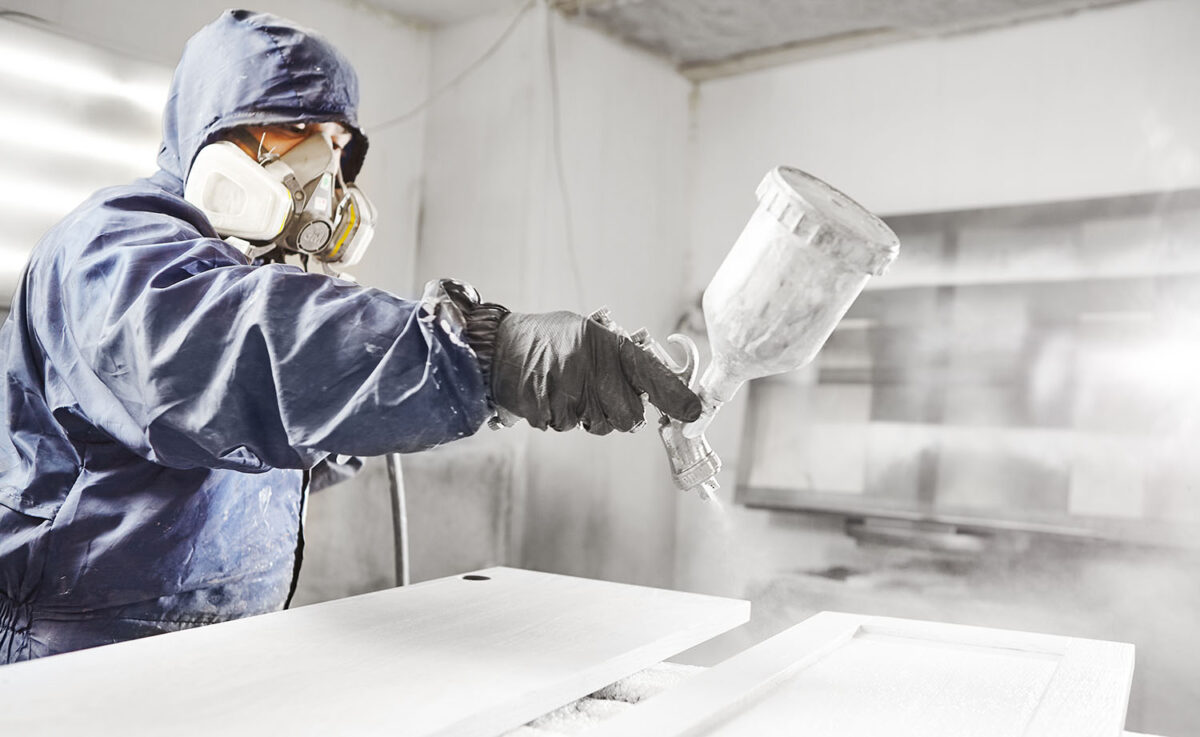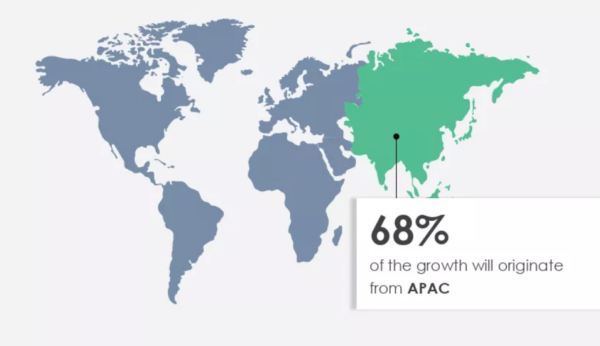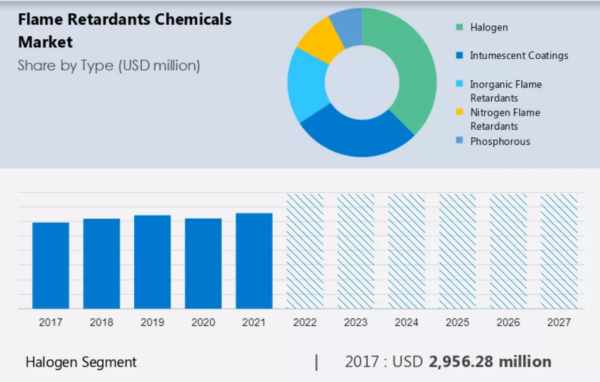Global Flame Retardants Market Dynamics and Trends

The worldwide market for flame retardants has the potential to grow significantly in the constantly evolving field of fire safety, with projected expansion persisting into the near future.
According to recent market estimates, the flame retardants market will develop at a compound annual growth rate (CAGR) of 4.67% and surpass $9.5 billion by 2027. In terms of output, the industry would expand its production volume during the same period.
The Asia-Pacific region manufactures a significant part of the worldwide market for flame retardants, with China and India being the primary countries producing them. This region has become the most crucial player in the flame-retardant market, with a revenue share of 50.85% in 2022, and could achieve the fastest Compound Annual Growth Rate (CAGR) of 7.7% during the projection period. The increasing awareness of safety standards and ongoing infrastructure projects in developing economies like India is driving the market’s growth.
You can also read: PFAS-Free Flame Retardants
Market Share Overview
The building and construction sector has the largest market share at 39%, the electronics and appliances sector follows closely with a share of 24%, textiles, and plastics a share of 22%, while the automotive and transportation segment claims 15%.
This segment solidifies its dominance, appearing as the largest segment of the global flame-retardant chemicals market, a position expected to endure throughout the forecast period. The use of flame-retardant chemicals becomes imperative in construction due to the heightened risk of fire incidents.
Flame Retardant Segmentation
The market segmentation includes product categories such as halogenated (Brominated, Chlorinated Phosphates, Antimony Trioxide, Others) and non-halogenated (Aluminum Hydroxide, Magnesium Dihydroxide, Phosphorus-Based, Others). Applications range across Polyolefins, Epoxy Resins, UPE, PVC, ETP, Rubber, Styrenics, and others, catering to diverse end-use sectors such as construction, transportation, electrical and electronics, and more.
A notable contributor to fire safety in construction is the application of Brominated Flame Retardants (BFR). Employing a small proportion of BFR additives enhances performance in plastics, transforming highly reactive free radicals into less reactive ones. The concentration of brominated fire retardants in products ranges between 5% and 30%. The demand for these flame-retardant chemicals escalates in other fire-prone industries such as electrical electronics and textiles.
Trends and Challenges of Flame Retardants
Flame retardants are crucial in safeguarding modern equipment and materials from fire ignition and spread. While halogenated flame retardants face restrictions due to their adverse effects on humans and the environment, non-halogenated alternatives, such as phosphorus, bromine, and chlorine-based retardants, are gaining prominence.
The flame-retardant industry faces a challenge in preventing harm to humans and the environment.
The market is shifting towards non-halogenated products for environmental sustainability and safer alternatives. As the flame retardants market evolves through innovation, there is a huge demand for applications like polyolefins, epoxy resins, PVC, engineering thermoplastics, rubber, etc. However, global economic challenges from the recent pandemic, such as industrial shutdowns, supply chain disruptions, and trade halts, may hinder market growth.


